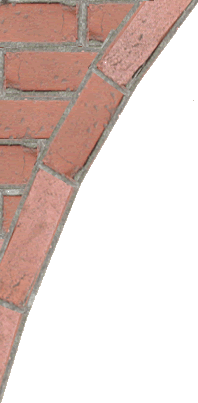Structure of Commands
A Command is constructed of three distinct parts:
1. The Preparatory command
2. A slight pause, and
3. The Command of Execution
The preparatory command consists of a verbal instruction that is to be performed. This is followed by a slight pause to allow for the personnel involved to think about what they should be doing upon the command of execution.
Then, the command of execution is given when the command should be carried out or performed. For instance, in the command of
"Advance thy, arms",
the command is given as
"Advance thy",
followed by a slight pause, then the commander will issue "Arms" as the command of execution. For the purposes of this Manual, the pause will be indicated by the use of a comma in the command itself
(i.e., "Slope thy, Arms").
Also, as you will see in the section regarding movement and marching, the command of execution should be given on the correct footfall whenever possible. You shall also see that some commands do not have a command of execution, as explained in the section on Stationary Orders.
General Safety
Weapons will be secured in racks or laid upon the ground when not in use.
Do not lean weapons against walls or other objects since they tend to fall.
Leaning a weapon in a corner of two walls is acceptable, however.
Weapons will not be left unattended in an area where it is possible that a
visitor may handle them.
Rough housing, horse play and running while bearing arms is strictly prohibited.
Weapons must be checked for soundness before being carried in drill or ceremony.
Weapons are to be oiled at the beginning and end of each day of use.
Care must be taken during inclement weather as many areas can be
slippery when wet. This is especially true on areas of dirt/mud where
gravel has not been applied to the footpath.
When in the vicinity of livestock (horses), care should be taken to give the
animal a wide berth. Extreme caution should be taken during parades and
jousting events as young animals may spook easily if the conditions are
not to their liking. Do not touch the animal unless you have asked
permission of the handler/rider.
© 1999, Michael R. Sanders
http://www.side7.com/stgeorge-vrf/manual_commands.htm


